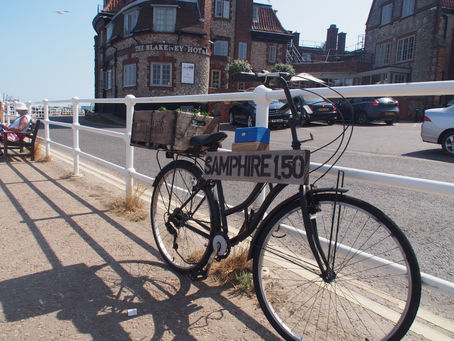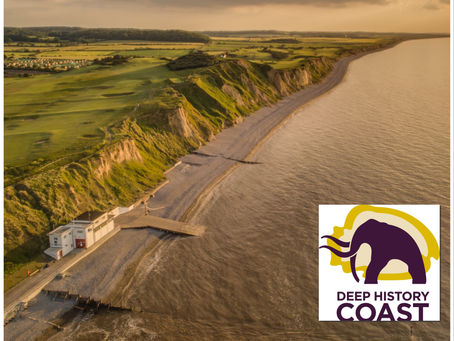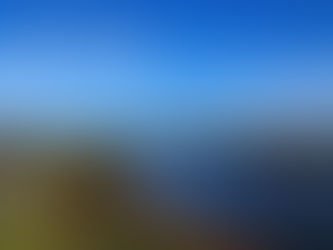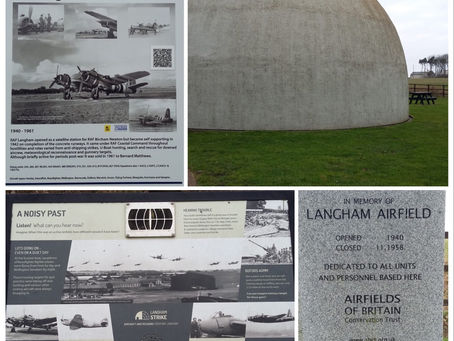
About this website:
North Norfolk is a paradise. It is restful and beautiful. Time here seems to stand still.
This website is written in praise of the villages and towns, marshes and coastline in the area - but especially those around the coastal village of Blakeney.
The words you read here will tell you what's great about the Blakeney area, its history, its nature, its wide-open wild landscapes and coastline, the thousands of birds that stop-over on their various migrations, one of the largest seal colonies in the UK, and after all that - what there is to do and see and where to eat.
And if you like what you read you might like to stay at our holiday cottage, Kiln Cottage, in the heart of Blakeney.
Blakeney is a small, historic village, which was once an important medieval port. It is an oasis of calm and lies within the Norfolk Coast Area of Outstanding Natural Beauty and the North Norfolk Heritage Coast. Blakeney is nestled in an area which is a paradise for birdwatchers, walkers, artists and photographers.


Walking
The Norfolk Coast Path is one of the UK's most beautiful national trails. It sweeps towards, through, and past Blakeney on its 62.5 mile well-defined route from Hunstanton in west Norfolk round to Sea Palling on the north east Norfolk coast.
The coastal path takes you through the North Norfolk Area of Outstanding Natural Beauty. It is easy walking through salt marshes, past reed beds, pastures, small estuaries and the villages and towns dotted along this historic coastline.
Throughout north Norfolk there are paths for walking, cycling and bridle routes - suitable for all ages and abilities
The 180 degree skies and perfect peace is only interrupted by the raucous calls of the birds and the cattle grazing on the salt marshes. If you walk inland you have an undulating landscape with rich woodland, farming and signs of the Ice Age in a county steeped in history and heritage.

Birdwatching
You don't really need to stray further than the Blakeney area. The birds are everywhere on the marshes and along the coast. The elegant egret, several species of geese and duck, seabirds and waders including avocet, lapwing and oystercatcher are common.
The surrounding marshes provide grazing for thousands of geese and duck each evening. The noise of their calls is wonderful.
But for those who like getting up close to the ponds and splashes, there are hides at the Norfolk Wildlife Trust reserve in nearby Cley. The NWT Cley Marshes is Norfolk Wildlife Trust’s oldest and best known nature reserve. It has an excellent visitor centre, lecture hall, viewing balcony, cafe and shop (pictured).
The RSPB reserve at Titchwell just along the coast towards Hunstanton is another wonderful spot, particularly for Marsh Harriers.
Look out for owls hunting at dusk across the marsh and along the coast road.

Landscape and skies
The sky's the thing. Skies are BIG in north Norfolk. Artists and photographers flock to the county to paint and capture the ever-changing light, cloudscapes and sky which merges into the sea and seeps into the grey-green salt marshes, golden beaches and miles of fawn-pink pebble drifts.This is one of the wildest landscapes left in southern Britain.
North Norfolk is also one of the few places in the UK where you can see the northern lights.
When the Ice Age ended and the glaciers began retreating they dumped material just south of Blakeney to create the Blakeney esker and Wiveton Downs. This two-mile ridge of sand and gravel is an area of special scientific interest and has a Dark Sky Discovery Site status. It is one of the darkest points in the UK with no light pollution. Perfect for watching the stars. But Blakeney village itself is so dark you'll need a torch at night to find your way home.

Messing about on the water
Canoeing, kayaking, paddle boarding - there are a maze of tidal creeks which cut through the marshes around Blakeney providing tranquil and safe waterways to explore.
Blakeney Sailing Club welcomes seasoned sailors, the less confident, and newcomers to the sport.
Blakeney harbour is a shallow bay. It is tidal and protected by the sand-spit of Blakeney Point which is famed for its massive seal colony and the thousands of screaming terns which nest there. Boat trips head out regularly from Morston - a stroll west along the coastal path from Blakeney - to view the colony of Common and Grey seals and their pups at Blakeney Point.
And for those who enjoy boatyards, there are several in Blakeney, Morston and Wells next the Sea.
One visit not to miss is the lifeboat museum in Cromer - home of Henry Blog, Britain's most decorated lifeboatman in the history of the RNLI.




































